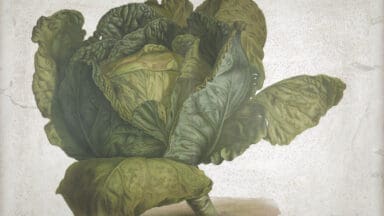
Presenting historic manuscripts, artefacts, artworks and contemporary material, Unearthed: The Power of Gardening (2nd of May – 10th of August) reveals how the act of gardening can promote healing and wellbeing, forge closer communities, refresh neglected spaces and drive social change.
The exhibition delves into the evolution of gardening practices, the movement of plants through the British Empire and looks ahead to how gardening might alleviate the impact of climate change on the natural world. Unearthed also considers the role gardening has played in social and political movements, from the Diggers and True Levellers protesting the Enclosure Acts during the English Civil War, to the Garden City movement of the early 20th century, and up to the present day highlighting the works of guerrilla gardeners using seed bombs to plant flowers in neglected urban spaces.
“Gardening is much more than simply ‘the nation’s favourite pastime’; it has the power to change people’s lives in many different ways. Gardening connects us to our past, grounds us in the present and encourages us to look ahead to the future. It is often the expansive gardens of stately homes that spring to mind when we think of historic gardens, but people from all walks of life are, and have been, gardeners. I hope the stories and voices in this exhibition, drawn from the Library’s rich horticultural collections, will take root in the minds of visitors and inspire them, whether they are gardeners or not,” explained Maddy Smith, lead exhibition curator.
Highlighting the British Library’s rich horticultural and botanical collections, the exhibits at Unearthed include:
- The only surviving illustrated collection of herbal remedies from Anglo-Saxon England (around 1000–25)
- Handwritten plans and records by gardeners, including Beth Chatto’s notes for transforming the car park in her Essex into a gravel garden (1991) on loan from the Archive of Garden Design, Garden Museum and John Evelyn’s sketch showing the tools he thought a gardener should have (about 1660-80)
- The first English gardening manual, A Most Briefe and Pleasaunte Treatise by Thomas Hill (1563)
One of the finest botanical works ever produced, The Hortus Eystettensis (1613), which revolutionised the representation of plants - A portrait of John Ystumllyn, one of Britain’s earliest known Black gardeners, painted in 1754 and on loan from a private collection, care of Anthony Mould Ltd.
- One of two surviving 19th-century Victorian Wardian cases in the UK, which were invented to keep plants alive on long sea voyages by creating a protective environment of constant humidity, on loan from the Board of Trustees of the Royal Botanic Gardens, Kew
- The first mechanical lawnmower (1832), reportedly tested by its inventor Edwin Budding at night to avoid ridicule from his neighbours, on loan from Ransomes Jacobsen Ltd.
- Gardening boots belonging to horticulturalist and designer Gertrude Jekyll (1843-1932) loaned by Guildford Heritage Service, Guildford Borough Council
- Botanical art from across the world, including paintings of honeysuckle (about 1806) and waterlilies (about 1798–1805) from India and drawings of flowers, plants and fruits native to China (about 1701)
- The Prisoner’s Herbal (2019) by activist Nicole Rose who was imprisoned during the 2010s, in which Rose identifies weeds commonly found in prison yards, such as dandelions and nettles, and explores how they can be used as herbal remedies and in cooking

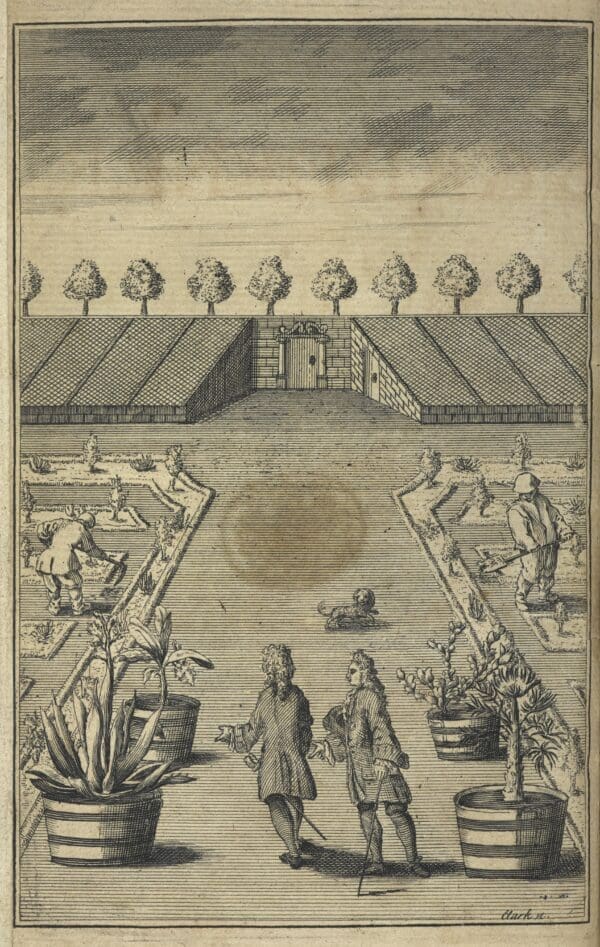
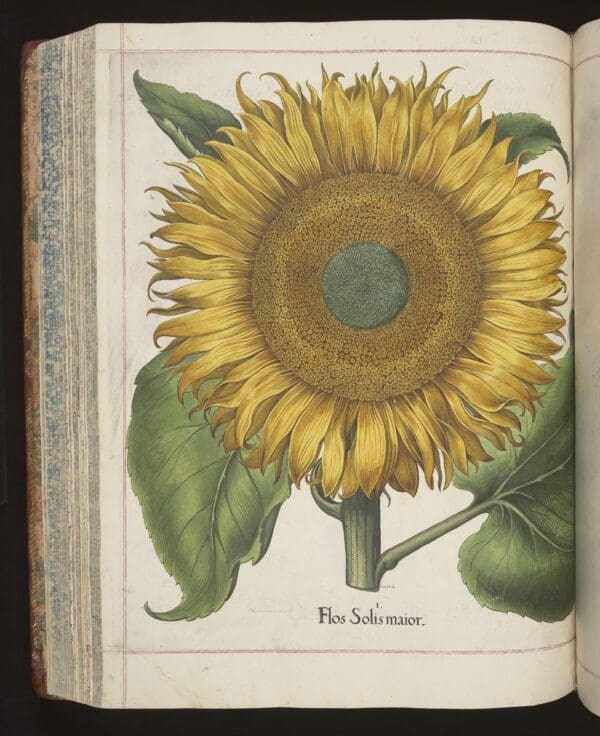

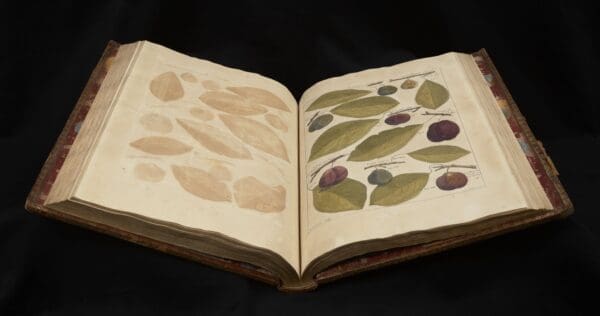
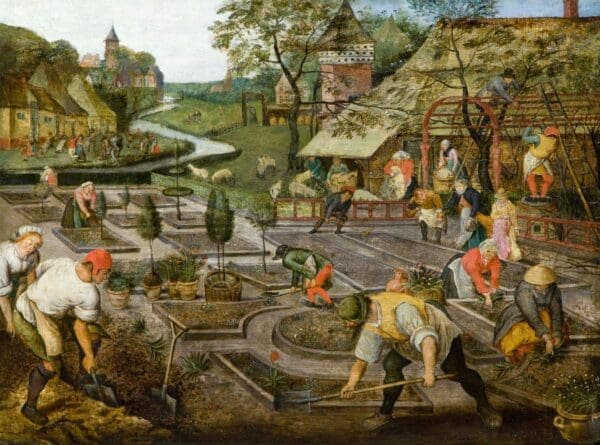
Running alongside the exhibition are a series of events, starring Jamaica Kincaid, Olivia Laing, Beth Orton, Adam Frost, Poppy Okotcha, Zakia Sewell and Matthew Herbert, as well as displays at 30 public libraries across the UK.
To accompany the exhibition, the new book, Gardens of the Future: Unique Visions for a Changing World, edited by Ruth Chivers, features 10 original garden designs by garden designers and landscape architects Harry Holding, Eelco Hooftman, Tom Massey, Ann-Marie Powell, Tonkin Liu, Nelson Byrd Woltz, Andy Sturgeon, Sophia Kaplan and Lauren Camilleri of Leaf Supply, Sarah Eberle and Grow to Know. The designs are also on display in the Library’s Entrance Hall Gallery for the duration of the exhibition. featuring 10 original garden designs by garden designers and landscape architects including Harry Holding, Tonkin Liu, Grow to Know and Sarah Eberle.
The exhibition culminates within a specially commissioned video installation by Alexandra Daisy Ginsberg. Expanding on her award-winning interspecies artwork Pollinator Pathmaker, which aims to transform how we see gardens and who they are designed for, Ginsberg depicts the British Library’s piazza on Euston Road from the perspective of foraging insects. Visitors will encounter a simulated landscape of Ginsberg’s digital plant paintings that switch between human view and the artist’s ‘pollinator vision’ filter. Drawing upon the utopian world Ginsberg has created within the Pollinator Pathmaker software, the work challenges us to change our perception.
Sustainability is at the core of Unearthed with the design and build having been guided by practices aimed at reducing environmental impact, with the Library measuring the carbon emissions of an exhibition for the first time. Most of the materials used in the build are bio-based and the exhibition was designed to easily disassemble for more efficient re-use and recycling.

